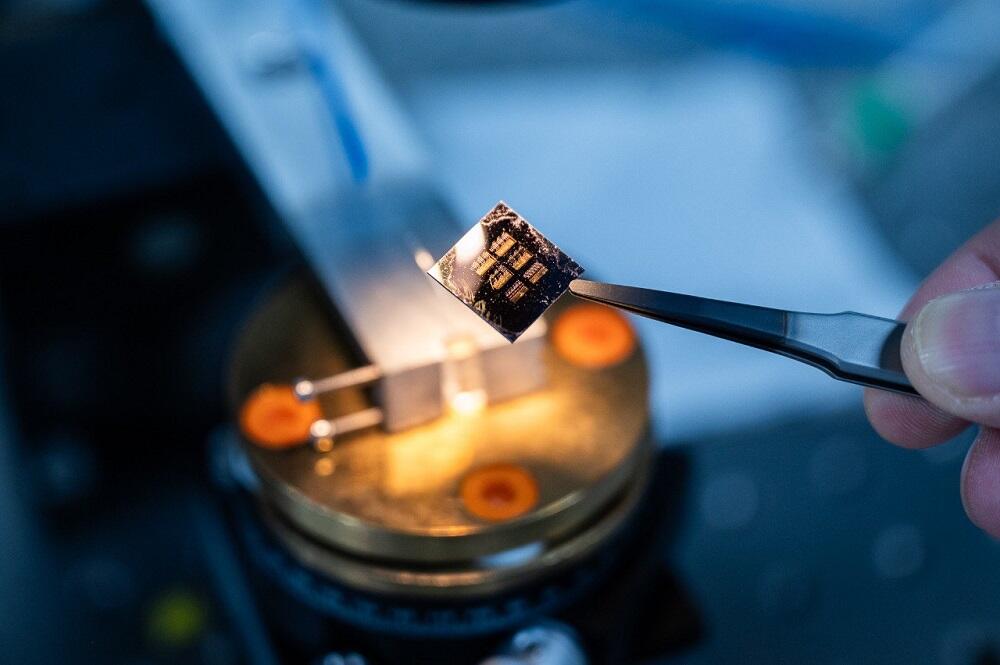Perovskites are a relatively new class of semiconductors used in optoelectronics, which are considered to be an efficient alternative to the silicone that is traditionally used in solar cells. To solve the main issue — instability — the scientists turned to methylammonium lead iodide (MAPbI₃).
In collaboration with the Russian Academy of Sciences’ Frumkin Institute of Physical chemistry and Electrochemistry and the University of Rome Tor Vergata, Italy, researchers from the National University of Science and Technology MISiS (NUST MISiS) used a copper iodide interlayer to achieve increased stability and efficiency in perovskite elements, a promising material for manufacturing solar cells. Their findings were published in the journal, Materials.
“Photovoltaic MAPbI₃ film crystallizes on the surface of the transport layer to ensure positive charge transport (in our case, nickel oxide, or NiO),” said Danila Saranin, research fellow at NUST MISiS’ Laboratory for Advanced Solar Energy. “Continuous exposure to light and subsequent heating causes perovskite solar cells with photovoltaic MAPbI₃ film to release free iodine and hydroiodic acid that damage the interface between the perovskite and NiO layers, causing defects and thus significantly decreasing the device’s stability and performance.”
To solve this problem, the researchers introduced a copper iodide interlayer, a semiconducting layer between the perovskite and the NiO hole transporting layers.
“Like the perovskite material that we used, this material does not induce the rapid degradation that causes the release of iodine compounds under light exposure,” Saranin said. “Moreover, the additional p-layer enables better collection of positive charge carriers, significantly reducing the concentration of defects between the perovskite absorber and the hole transporting layers.”
The idea to stabilize a similarly structured perovskite element and a photovoltaic layer with an organic interlayer is not new, the scientists explained, adding that the materials used by other scientific teams were expensive and difficult to synthesise (such as derivatives of metal-organic compound ferrocene or small-molecule organic semiconductors).
NUST MISiS scientists and their colleagues were the first to attempt introducing copper iodide, an inorganic material that is far more accessible and easier to use, to the structure. According to their observations, altering the perovskite solar cell’s structure allowed the researchers to improve the stability of its performance by an average of 40 percent while increasing its efficiency up to 15.2 percent.
The scientists state that the manufactured cell is less than 1 micron thick, which makes it ten times thinner than silicon-based solar cells.
Next, the researchers are planning to create a similar interlayer for stabilizing negative charge transfer and scale their technology up to the size of a widescreen module.


